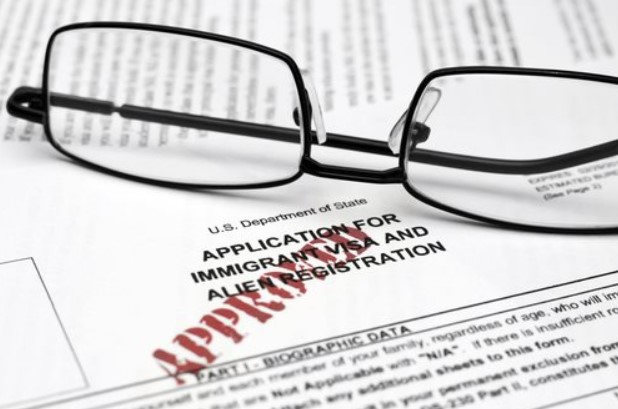I-130 Petition for Alien Relative

An I-130 Petition for Alien Relatives allows a United States citizen or lawful permanent resident (petitioner) to sponsor an immediate relative for citizenship in the US. It also opens the door for beneficiaries to pursue immigrant visas in the family-based preference categories at a consulate or embassy abroad.
To file an I-130, petitioners submit all the required supporting documentation to a USCIS lockbox office for their region. An immigration lawyer can assist with the process.
What is an I-130 Petition?
An I-130 Petition is a United States Citizenship and Immigration Services (USCIS) form that establishes your relationship to an alien relative who wants to immigrate to the United States and become a permanent resident, or Green Card holder. The person for whom you are filing the I-130 is called a beneficiary. As a petitioner, you must be a U.S. citizen or lawful permanent resident (LPR).
Part 1 – Asks about the type of family member you want to sponsor: spouse, parent, child, or sibling. It also asks whether the family relationship is biological, stepchild or stepparent, or acquired through adoption.
Questions 42-49 are about the beneficiary’s work history and other employment details. It is possible to leave these questions blank if the beneficiary is not working, such as a stay-at-home parent or retiree. You will need to provide the beneficiary’s address and date of birth in question 49. This section is also where you need to provide the details of any interpreter who helped you fill out this form.
What to Include in an I-130 Petition
A US citizen or green card holder (petitioner) files Form I-130 on behalf of an immediate family member—a spouse, parent, sibling, or child—to sponsor their application for lawful permanent resident status. The petitioner is also required to submit certain documentation, including evidence of a bona fide marriage and financial support.
The I-130 petition includes 49 questions, most with sub-questions. The petitioner must provide personal details and other information about themselves, including their name, parents’ names and occupations, their addresses, and more.
The petitioner must affirm that they understand and swear to the information in the form, sign it, and provide their contact information. If you used an interpreter to help you fill out the petition, you must include their information in Part 7. The filing fee is $535 per petition and is non-refundable. It is payable by money order, cashier’s check, or personal check. USCIS may request additional documentation or information before taking action on the petition.
How to Submit an I-130 Petition
Filing an I-130 petition is the first step in family-based immigration. Once USCIS approves the petition, your beneficiary will be able to pursue a green card application. To file an I-130, you must be a U.S. citizen or current lawful permanent resident (LPR or green card holder). The beneficiary is the person for whom you are filing.
Part 1 of the form asks for information about the sponsor and the intending immigrant. It is important to provide accurate and complete information.
You must also submit supporting documentation with the petition. This includes birth certificates, marriage and divorce certificates and school records. If a required document is unavailable, an alternate document may be substituted for it.
The final section of the form asks for information about the interpreter if you used one. If you got help from an attorney or accredited representative, they must complete a Form G-28 and submit it with the petition. You should also provide your contact information.
How to Prepare an I-130 Petition
You must complete Form I-130 and submit the required supporting documents. You will need to provide a cover letter that provides USCIS officials with a basic introduction to your case and gives them context about the circumstances of your relationship.
A certified English translation of any non-English document you are including with your petition must also be included. The translation should include a statement from the translator declaring that they are qualified to translate the document and that it is accurate.
You will need to provide your address information, employment history and I-94 records for both you and your relative. In addition, you will need to include any photographs that meet Department of State requirements for your relative. You will also need to submit any additional supporting documentation that USCIS requests. This may include additional forms, letters or evidence that proves your eligibility to sponsor your relative for a green card. If USCIS denies your petition, you can file a Request for Reconsideration (RTR) or an appeal with the BIA.







